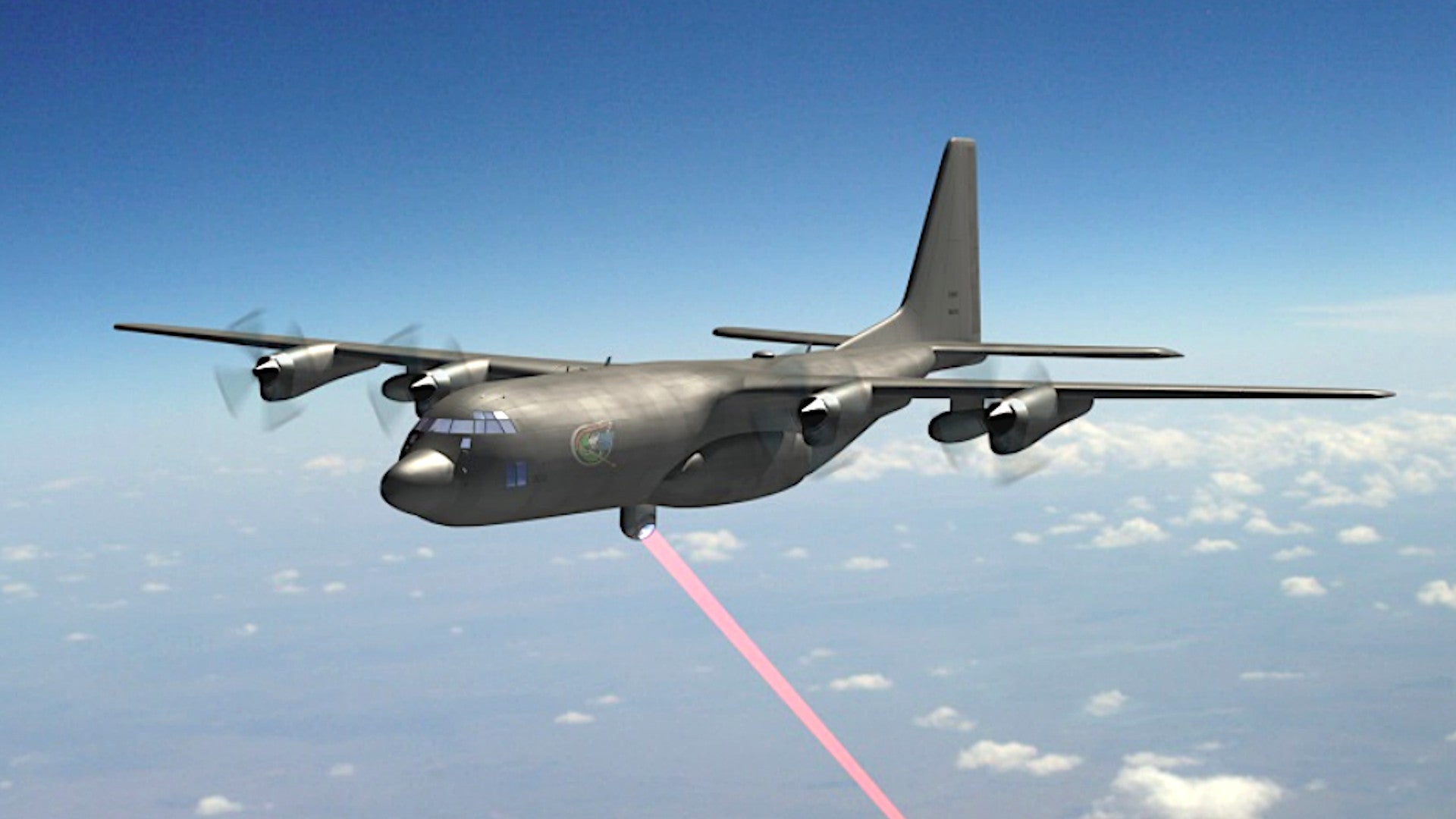The U.S. Air Force has taken delivery of the first prototype Airborne High Energy Laser, or AHEL, which is set to be flight tested on one of its AC-130J Ghostrider gunships next year. The service hopes to demonstrate the feasibility of adding this directed-energy weapon to the AC-130J’s already very diverse arsenal, which could give these aircraft a unique capability to engage ground targets silently and stealthily.
Lockheed Martin confirmed yesterday that it had completed factory acceptance testing for the AHEL and then turned the weapon over to the Air Force. The laser will now need to be integrated together with a beam control system, after which ground testing will take place ahead of the installation of the complete weapon system onto an AC-130J.
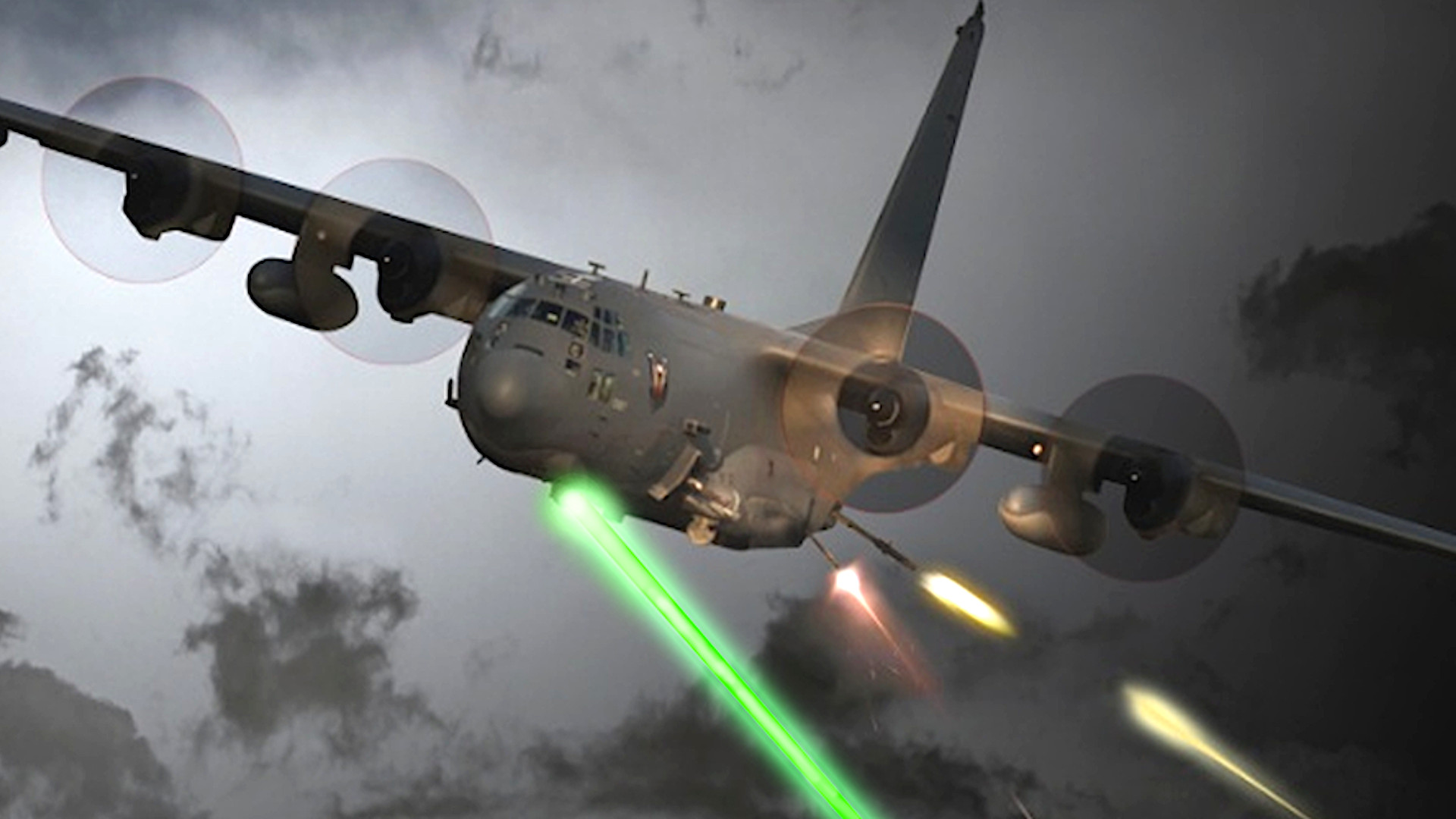
“Completion of this milestone is a tremendous accomplishment for our customer,” said Rick Cordaro, vice president, Lockheed Martin Advanced Product Solutions. “These mission success milestones are a testament of our partnership with the U.S. Air Force in rapidly achieving important advances in laser weapon system development. Our technology is ready for fielding today.”
Under a January 2019 contract, Lockheed Martin has been working to integrate, test, and demonstrate the new directed-energy weapon on the AC-130J, according to the company press release, which also noted that it’s now “on a rapid schedule to continue testing this capability.” The entire project is a joint service effort, and, in July of this year, Lockheed Martin’s Aculight Corporation division received a new $12 million, five-year contract award from the Naval Surface Warfare Center Dahlgren Division (NSWC Dahlgren) for technical services, integration, test, and demonstration of the AHEL.
Exactly when flight testing of an AC-130J armed with the AHEL might begin is unclear, but U.S. Special Operations Command (SOCOM) has consistently said it expects to kick off this phase of the project in Fiscal Year 2022, which began this month.
As for the power rating of the AHEL, Lockheed Martin’s press release does not say, but, again, SOCOM has repeatedly said it will be in the 60-kilowatt class. This would be in line with Lockheed Martin’s own statements that this airborne directed energy weapon is in “the same class” as the HELIOS laser weapon it is supplying to the U.S. Navy, which also helps explain the service’s involvement in this effort.
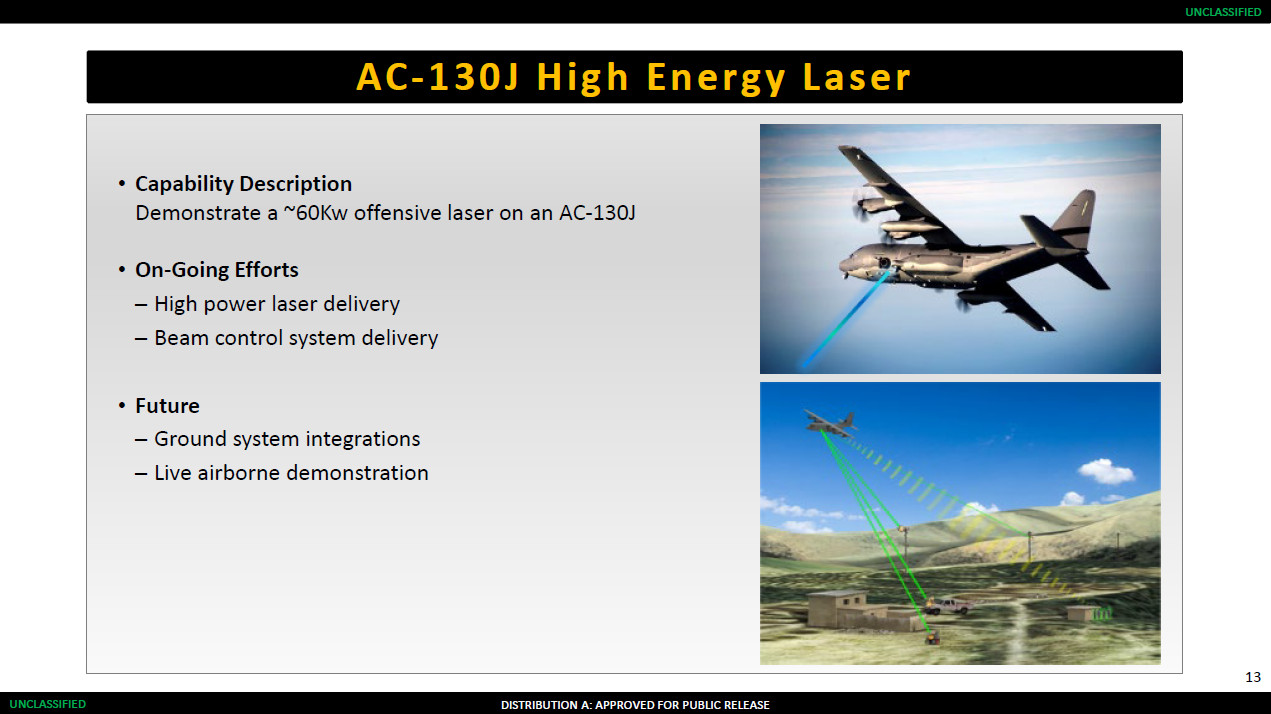
Previous reports have said that HELIOS, which stands for High Energy Laser and Integrated Optical-dazzler and Surveillance, is in the 60-kilowatt class but have also said that the manufacturer has been looking to increase its power to the 150-kilowatt class. Other sources have suggested that HELIOS has a rating closer to 100 kilowatts. You can read more about the Navy’s plans for HELIOS in this previous story of ours.
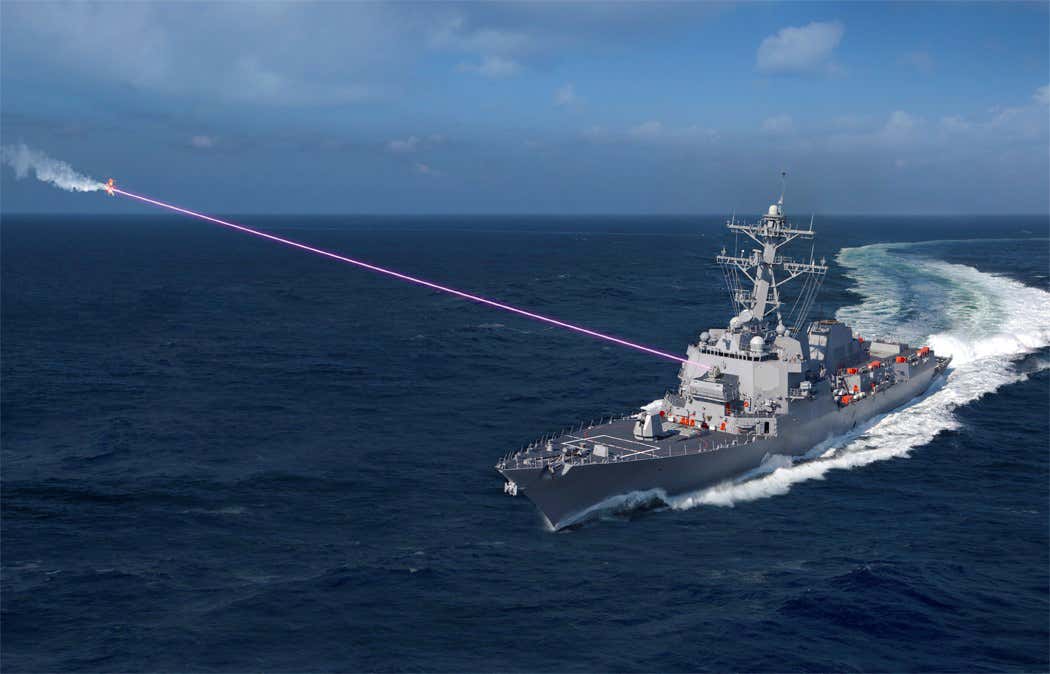
Even without the AHEL, the AC-130J has an expansive arsenal. This includes a 105-mm howitzer, as well as a smaller 30-mm GAU-23/A Bushmaster cannon. The aircraft can also carry a range of precision-guided munitions, including the AGM-114 Hellfire missile and the GBU-39/B Small Diameter Bomb (SDB), under their wings. The planes can employ smaller precision weapons, such as the GBU-44/B Viper Strike and GBU-69/B Small Glide Munition glide bombs, as well as the AGM-176 Griffin missile, via Common Launch Tubes (CLTs), too.
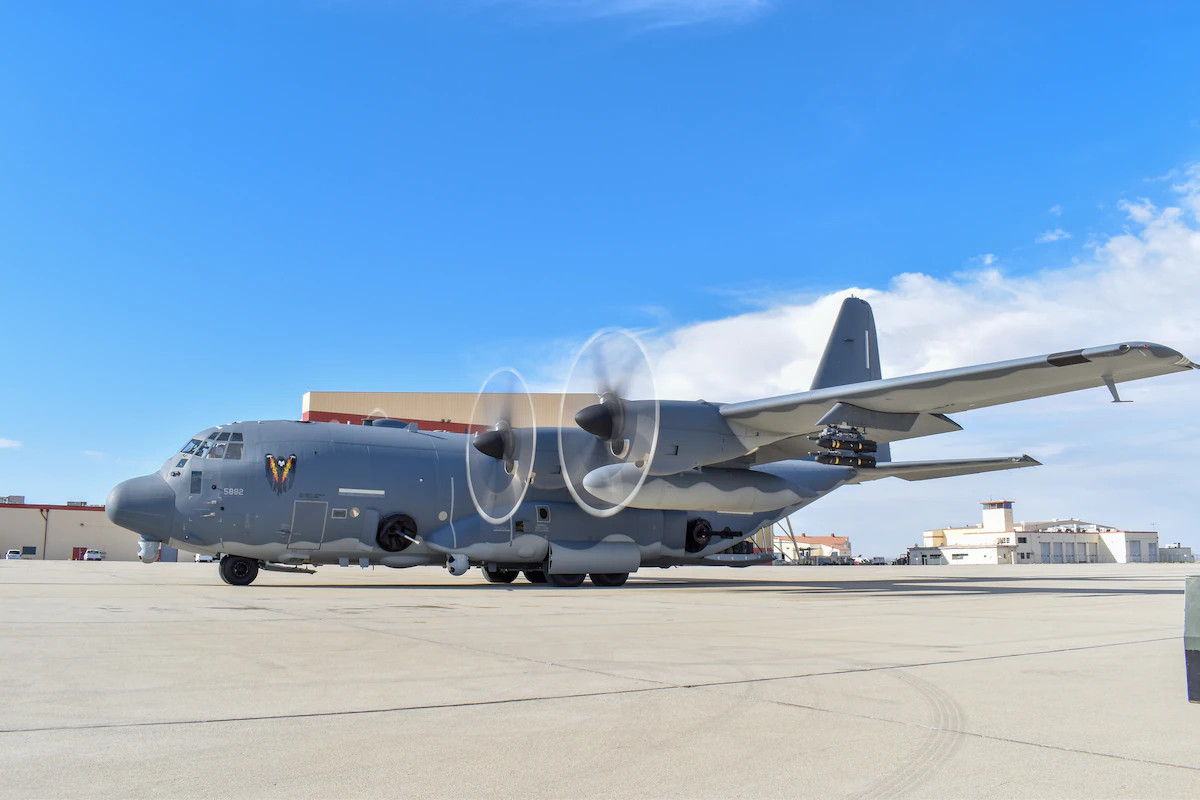
However, an operational high-energy laser weapon would be a valuable addition to these existing options, providing it works as advertised. A weapon of this kind could defeat a variety of different targets and do so in a way that opponents might not even know they’re under attack until it’s too late.
In one scenario described to National Defense magazine by Lieutenant General Brad Webb, then the commander of Air Force Special Operations Command (AFSOC), an AC-130J armed with a high-energy laser could be used to pick out and destroy an electrical transformer, the engine of a pick-up truck, communication equipment, and a parked drone. A similar concept of operation is shown in a 3D rendered video found on Lockheed Martin’s website.
“Without the slightest bang, whoosh, thump, explosion, or even aircraft engine hum, four key targets are permanently disabled,” Lieutenant General Webb explained. “The enemy has no communications, no escape vehicle, no electrical power, and no retaliatory intelligence, surveillance, and reconnaissance capability. Minutes later, the team emerges from the compound, terrorist mastermind in hand. A successful raid.”
This is not the first time the Air Force has experimented with this concept. There were various tests in the 1990s and 2000s that demonstrated the potential value of adding a laser weapon system to an AC-130 gunship. A number of actual live-fire tests of one system, known as the Advanced Tactical Laser (ATL) were conducted using a C-130 testbed aircraft. Various technical issues, including the size and weight of this 100 kilowatt-class chemical oxygen-iodine laser (COIL) weapon, as well as its power and cooling requirements, had limited the feasibility of turning this into an operational system.
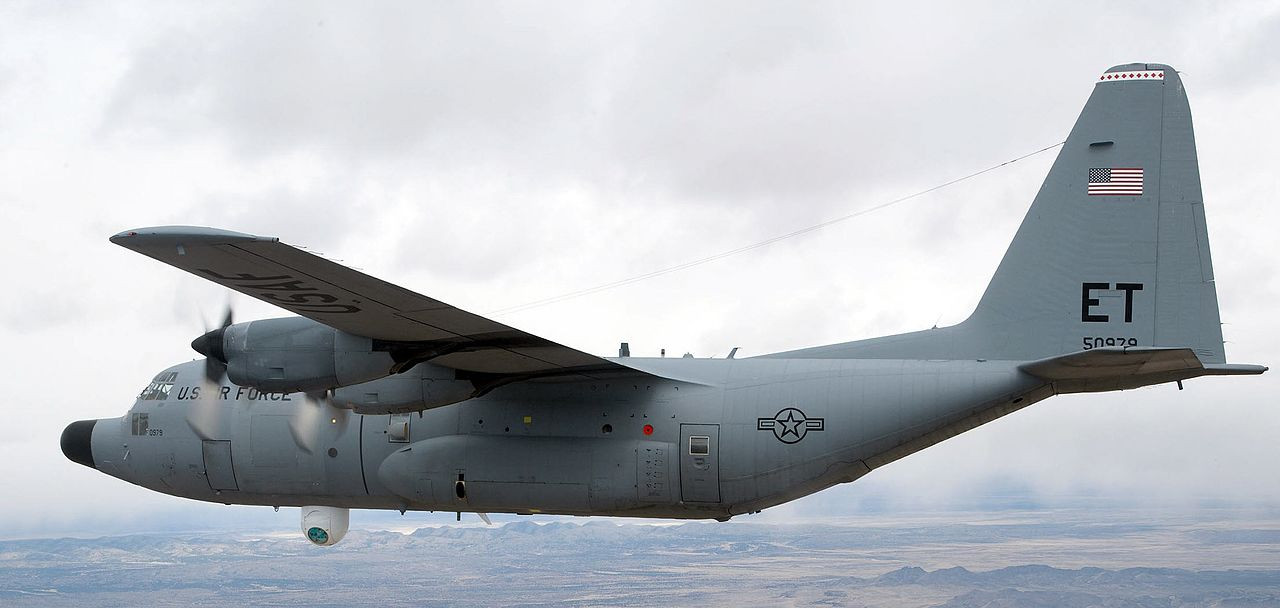
While an AC-130J playing out for real the scenario Lieutenant General Webb had described might still be some way off, it’s clear the basic technology required to realize that kind of mission is now within reach. A key breakthrough has been the emergence of solid-state lasers that are far more compact and lighter than the previous chemical lasers. They don’t require the cumbersome and energy-intensive cooling systems of their forebears and, at the same time, previous problems with beam control have been largely addressed. You can read more about the dramatic evolution in the overall feasibility of increasingly smaller laser weapons in recent years in this War Zone feature.
That said, it’s not necessarily been an easy path for AHEL to get to this point. At one point, it was hoped that testing on an AC-130J could begin before 2020, but this target proved elusive. Above all, technicians still struggled with scaling down the system so that it could be accommodated aboard an aircraft — even a pretty big one, in the case of the AC-130J. Similar issues have continued to plague other U.S. military airborne high-energy laser efforts, as well.
However, the system’s size, weight, and power-and-cooling demands appear to now have been brought in line with the specifications of the Hercules-derived gunship. While its power rating might not give it anywhere near the same immediate destructive potency of the AC-130J’s 105-mm gun, Bushmaster cannon, or precision-guided munitions, the AHEL also won’t run out of ammunition quickly and will be able to strike targets silently with an invisible beam.
Even with more limited destructive power, that opens up a way for gunship crews to take out objectives on the battlefield unseen, ideal for more covert operations, or simply to help sow chaos and confusion among enemy forces by disabling critical infrastructure, such as communications and power generation and transmission nodes. It remains very unclear at present how capable the beam from this weapon might be again a person, which could open the possibility of using it for targeting strikes against specific individuals.
While the capabilities offered by AHEL, and laser weapons in general, often sound like they’ve come from the pages of science fiction, the latest delivery of a trials system suggests the era of laser warfare from the air may not be so very far off.
Contact the author: thomas@thedrive.com
